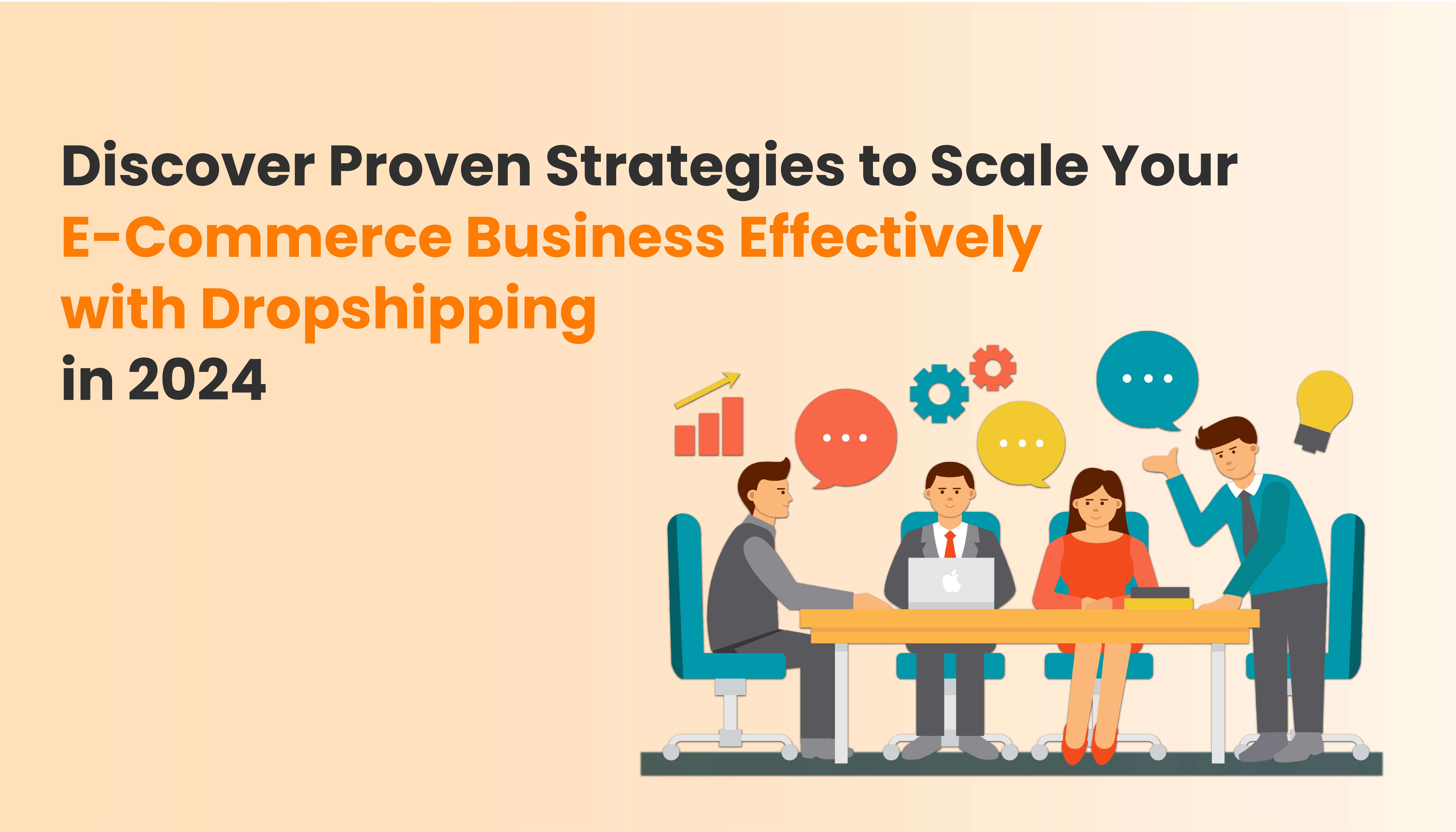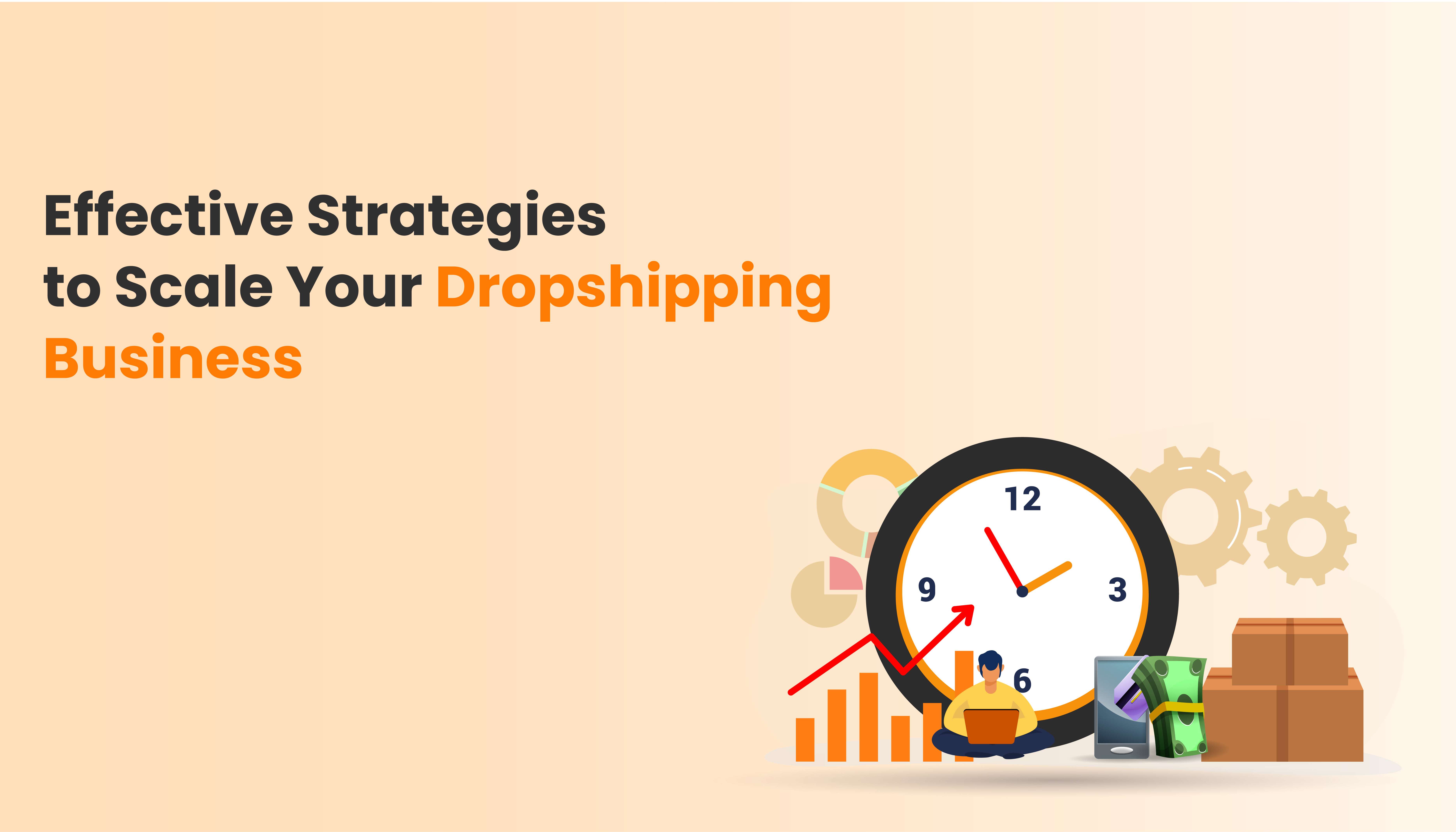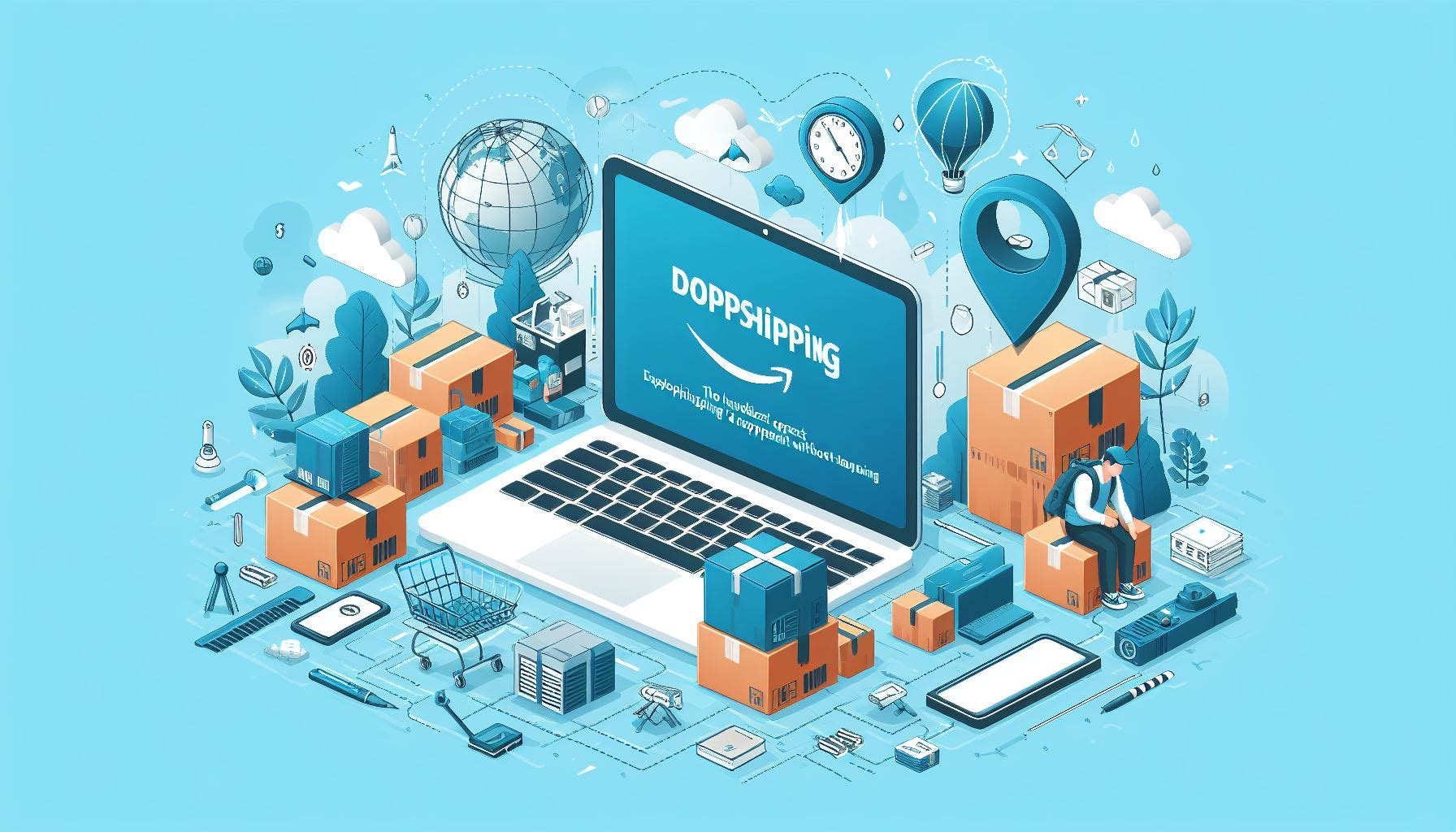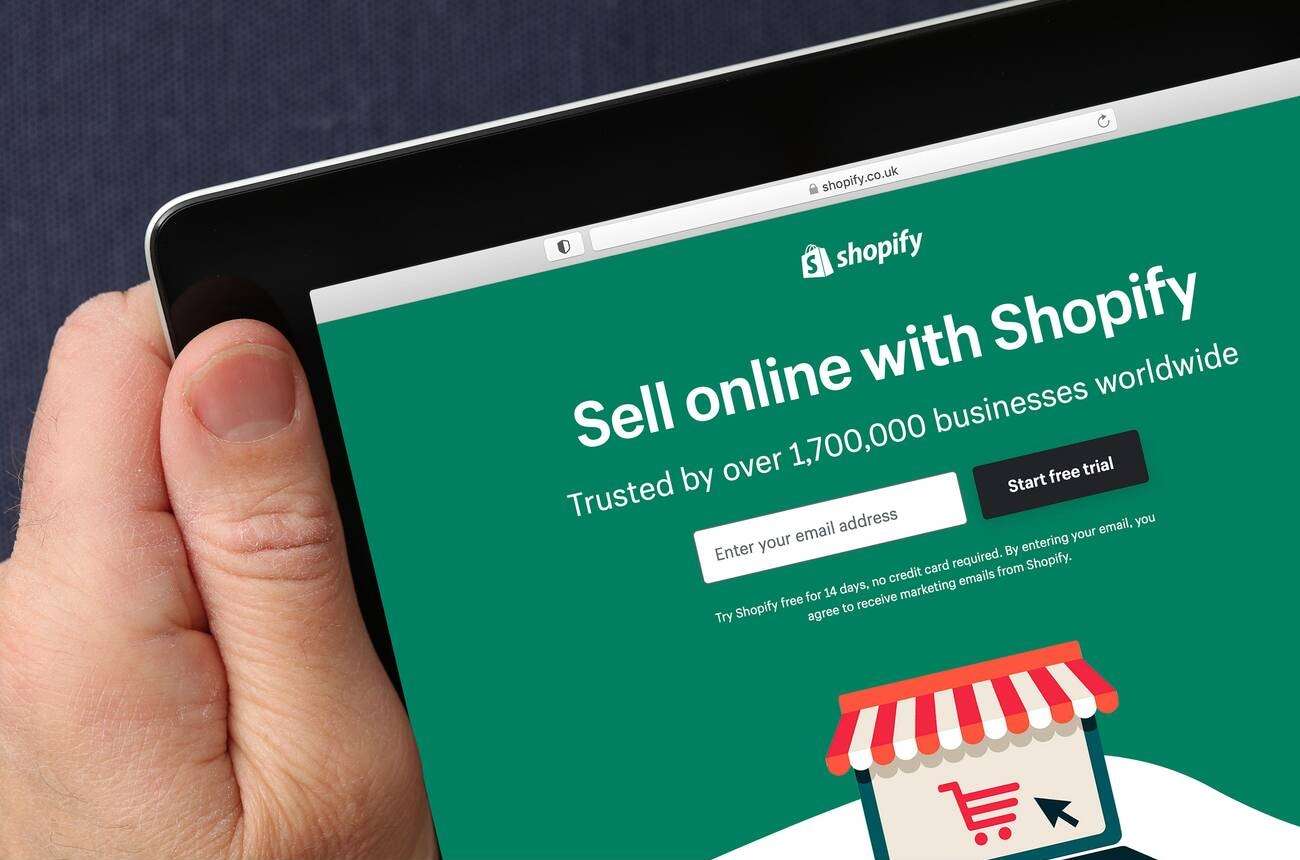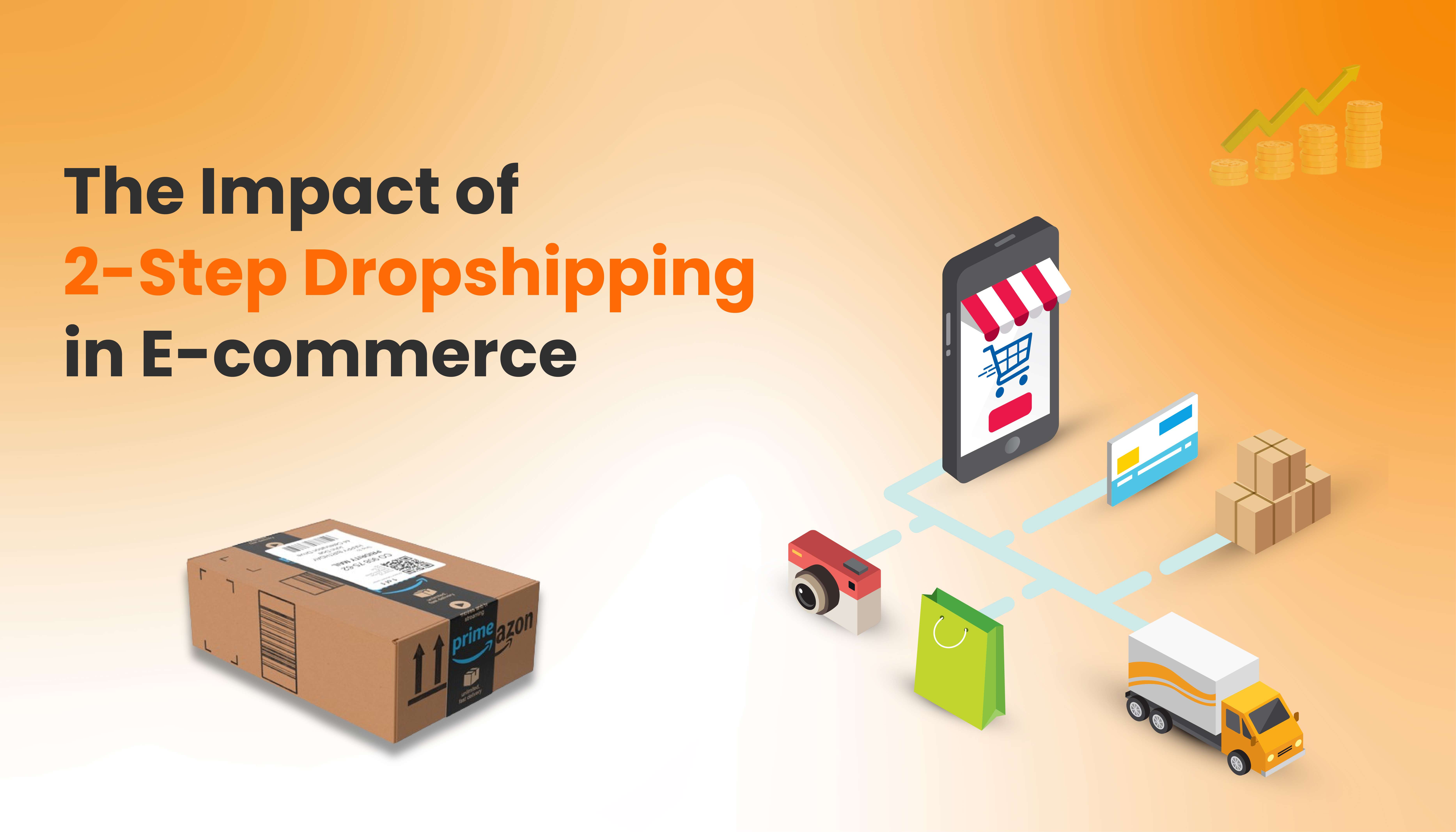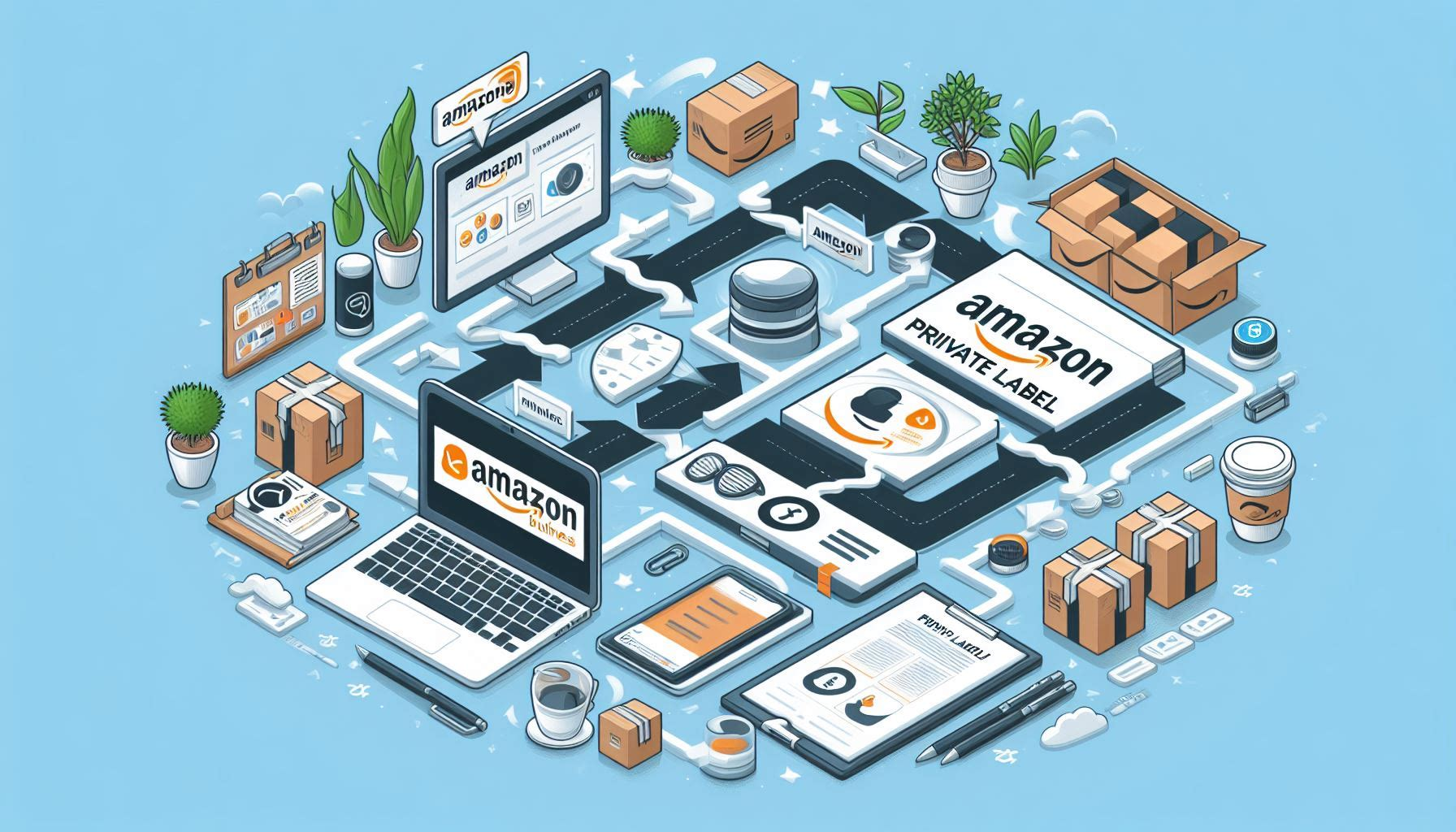 May 13, 2024
May 13, 2024
Dropshipping or order fulfillment that doesn't involve keeping stock is one of the workable options for a business. The store sells the products to the people, who then pass on the orders to a third-party supplier, who will later ship the order to the resulting customers. While people may have this opinion, the truth is that the dropshipping business model is not just a way to become rich quickly and easily. Yes, you may get the impression that it is simple money; after all, you are reselling the products of others. But when you include the “pros and cons,” “ups and downs,” and “day-to-day” management of it all, the process becomes tricky. The main thing you need to remember concerning dropshipping is that it will not get you the results you waited for in a matter of days. However, if you do it right, dropshipping may turn into something that will help you establish a successful online retail. Here are a few drawbacks mentioned that you need to know before you begin dropshipping on your e-commerce platform: 5 Challenges of dropshipping Suppose you’re a business owner wondering how your online store’s shipments will occur (i. e. (distribution of t-shirt inventory) without having to deal with adding new products to the inventory yourself or ending up with unnecessary stocks the dropshipping solution is the answer and the most vital to an e-commerce store. Customers who order something online are charged by the dropshipping business, which follows through by delivering the product to the customer directly. This deal is good for both small companies and larger corporations, allowing the product interest to grow and saving some space at once. Naturally, this is easier said than done, so here are some things to consider about why dropshipping might be challenging before investing all of your cash in one: 1. Low profit margins Of course, you don’t have to handle the inventory, and you can conveniently store it in the cloud, but the returns are still very low. You invest little money but receive little in return. This means you must make many business sales to stay afloat, which is already a big deal, considering that most of your profit goes to the supplier. These margins would be better used to cover running costs such as marketing, payments for search engine optimization (SEO), managing orders, and paying for your office. These factors can be used to forecast your income (note that these are averages and will vary based on your industry and circumstances): • 20% margin. • 2% conversion rate. While this is fine for a quick starting estimate, there are a few more issues to consider: • Manufacturers and wholesalers give discounts you may never get more than 20%. • This doesn’t consider the amounts on top of these that you also must pay from your side. It is not the end profit that counts. • On one hand, most items will likely lose profits to maintain competitive prices on the shelf. If you went this route and risked losing customers by sticking to your 20% margin, other firms could undermine you. Another factor that will negatively affect your profits is that on most e-commerce platforms, like BigCommerce and Shopify, your customers are limited to a specific market, which makes the process very slow and lengthy because of the tight competition. In contrast to appearance, wholesale dealings with suppliers, order processing, returns, and customer administration remain complicated. It would be much more sensible to embark upon a dropshipping venture when you already have a regular traffic source. 2. Highly competitive. Dropshipping is an excellent business model because it requires very little capital, so there is much competition. Because many entrepreneurs rush into the market, the most popular markets suffer more than others. In simple terms, the larger a company gets, the lower the cost it can have for markups and promote the lowest possible price. However, another complication is that you probably have a relationship of make or get with the suppliers. In this case, the number of competitors rivaling your specific products' sales could be significantly high. You might compete with larger companies that have been in the business for a more extended period, and they have the means to undermine your pricing policy. This explains why consumers can have a similar product from someone for a lower price; thus, why would they buy from you when they have the equal option for money in cents? 3. The inability to control the supply chain. Customers can express their issues with product quality, fulfillment speed, or return policies through standard e-commerce, and you can solve the problems yourself. In the dropshipping industry, a retailer has little direct control over the supplier. However, you will still be in direct communication with customers. Dropshippers are trapped; the only option is to hope that a supplier resolves the issue. Otherwise, he must keep promising his customers and have nothing in his hands. In addition, communication will experience a time lag since the drop shipper constantly interacts with the supplier and the customer. If one responds quite slowly, everything will come to a deadlock, and the problem will get more complicated. But if they’re vocal, they may post negative reviews on social media, and your project might not start because of such a low evaluation. 4. Legal liability issues. While it is usually not a dropshipping issue, it is worth notifying. Some suppliers aren’t nearly as genuine as they claim to be, and as you don’t always know where the merchandise comes from, it is sometimes risky. However, it is even more distorted when suppliers commit unlawful acts, such as illegally using another company's logo or intellectual property, which occurs more frequently than usual. A dropshipping agreement contract can resolve this problem's drawback, but not every dropship entrepreneur knows this. It would be best to keep this in mind when selecting suppliers. 5. Very hard to build a brand. In essence, dropshippers are like ghostwriters or behind-the-scenes songwriters. They must realize their work deserves credit, but it will be given to someone else. If your product is so good that it just has to be good, it is logical to believe that your customer may focus only on the product's brand name and may forget all about the shopping experience. And then, remember it is not your logo that will be on the packaging. However, the same argument supports that dropshipping is more likely for established brands than emerging ones. The Final Word Dropshipping can be a huge advantage if used properly. While this may be frustrating for new companies, it becomes less important as companies grow. For example, the running company enjoys a steady flow of customers, so it does not need to spend much time on brand-building activities. Hence, dropshipping is an ideal addition for most well-experienced e-commerce entrepreneurs- ensure you don’t heavily depend on it.
 May 13, 2024
May 13, 2024
The only fair answer to this question would be to review the performance of the Shopify store last year. Although fresh digital marketplaces are sprouting, Shopify remains one of the top-rated choices for those who want to set up online shops. Making a Shopify business is difficult due to the large number of e-commerce platforms and the millions of e-commerce suppliers worldwide. Factors that make the Shopify store profitable. Achieving your targeted profit margin as a Shopify seller is crucially decided by many parameters. Make the required efforts to tackle these factors to increase the money and profitability of your Shopify store. Selling High-Profit Margin Products First and foremost, to maximize earnings through your Shopify store, you must invest time in market research. One of the uppermost issues is choosing which products to offer online and which goods are the most profitable. Hence, why is this strategy the most successful in setting up a business on an e-commerce platform? Through high-profit-margin product strategies, you buy them at low costs, but you can charge higher resale prices. Trying to sell as many of these products as possible means your Shopify business will get all the profits. Selling High-Quality Products The quality of products and services is key to success when selling on Shopify or any other e-commerce platform. The saturation of the market and the competition make you want to be ahead by successive customers, retaining or repeating customers by the best quality of the products. High-grade products also make building a strong and faithful customer base easy. Customers who depend on you for online shopping will continue, and your income stream will remain strong. So, a high return on investment strategy is an indispensable part of doing business because it contributes to a company's overall success. Selling High Demand Products Shopify also offers strategies for increasing profitability, including identifying the top-selling and trending products. Utilize marketing resources to determine the bestselling products in the niche or those that could fit with the market you are targeting. Incorporating the sales data into the research process is crucial in supporting the correct estimation of demand for your products. Thus, there will be no gap between the market demand and what you provide. When you list your products in group sales or showrooms for their prospective targets to see and possibly buy, you will make more sales in your Shopify store. A key factor in determining your product offerings for your e-store is meeting the needs of your target market. Selling Subscription-Based Products Besides that, you can create a Shopify shop to generate revenues through subscription sales. This is a sensible choice for a business concerned about profitability because it provides a way of obtaining a stable cash flow. Subscription-based solutions offer an exclusivity that will favor your particular market and allow them to use your products constantly. For instance, if your product is extremely great, customers will not be bothered to pay you after every recurring cycle equally great. Factors that may Decrease Shopify's Profitability The number of factors that can support Shopify store profitability is impressive, but on the other hand, you have to understand what can hinder your store’s activities. This way, you can easily continue and never repeat these mistakes, allowing you to grow your business online. Not Cutting Your Operating Costs Running an e-commerce business is surely physically demanding and time-consuming. The principle of profit maximization—earning more money simultaneously for minimum operating expenses has been tested expeditiously in the e-commerce market. Therefore, what is the best way to increase profit in e-commerce? The first step is finding a source for your products that can deliver them to you at a reasonable price. Discussions of better freight rates are also possible when you have deals in bulk or wholesale. Evaluate where your noise is to remove extra costs and widen your profit margin. Effective cost management will better help sellers on the e-commerce platform. Not Testing Before Scaling Adopting a practice that involves testing every feature before going into production should be a norm. In this case, it’s about your products, and you should request samples before ordering a big sum to see whether or not the quality is up to the store's standards. However, you should always have a top-notch product to make your Shopify business profitable. On the other hand, the quality of the products must not be compromised when you're serving them to the target market. This process is suitable for assessing candidates for a Shopify business. Store owners should thoroughly check their suppliers to produce a good product. They should always begin with a small batch to determine whether it meets the expected standards. It does not miss checking the credibility of the suppliers and whether they offer top customer care. Reliable suppliers can make a dropshipping business successful, so they are important in online businesses. This also applies to your marketing strategy. Try them first, and identify the effortless way to ensure the project's success as much as profit improvement. Not Knowing Your Audience Ensure you investigate and examine your target audience when gathering enough data in your thorough market research. Knowing your audience will allow you to make reasonable choices, enabling your Shopify shop to remain profitable. Market research examines how consumers act and make choices. • Why do they have this problem? • What are their interests? This data is important for you to determine what product and service offerings will help you develop a loyal customer base, consequently winning you the game. Besides, creating strategies for a specific group is vital to reaching them. Not Investing in Branding The Shopify e-commerce platform has more than hundreds of thousands of sellers. Going out of the ordinary will give you an edge and help you grow. Thus, investing in your brand will set you apart from the rest. Moreover, branding design is a great part of store branding. Shopify provides store owners with different design tools to style their stores, effectively communicating their brand and keeping the store visually engaging with customers. Although it might seem, the store layout is more than just decoration. Online store branding plays an essential role in determining your profit margins. It showcases your credibility and explains why customers trust your brand. The e-commerce part of the Shopify store implements many features. Through them, you can customize the shopping experience that drives the keywords. Is it Beneficial to Set Up a Shopify Store? Since no e-commerce platform offers healthy profit margins, you must use your industry insight and data to select the platforms that will bring you maximum profits. There are many benefits to choosing Shopify as an online selling platform. However, becoming one of Shopify’s success stories is not all based on several critical factors. For eBay sellers, as in the case of online store owners, you should research the top-selling products and get those that will attract the target audience for your store. Furthermore, you can get the best Shopify plan by creating an attractive store design where the Shopify website will become the magnet for people visiting your store. The last point is how you work the customer experience, where you get either a highly profitable or not profitable sales store. Make sure you are reselling only high-quality goods and be ready to reply to their queries quickly. These factors create a potential business online store, whether on Shopify or any other leading e-commerce platform.
 May 03, 2024
May 03, 2024
If you're ready to embark on your Amazon selling journey, carefully evaluating the different business models available to you is crucial. Whether you choose Amazon FBA Wholesale or Private Label, both paths offer unique complexities, risks, and rewards, each with the potential for significant success. Successful sales strategy adoption often goes hand in hand with either wholesale or private-label options. Unlike both methods, which might be successful for similar purposes, private label methods entail unique approaches and supply chain management problems such as purchases, location, and sales. In this article, we will elaborate on each model, giving you the best direction on which one perfectly suits your aspects. What Is Amazon FBA Wholesale? Amazon wholesale FBA is a program that enables sellers on Amazon to acquire products from wholesalers and let them handle Amazon FBA (Fulfillment by Amazon) services on them. Amazon provides the best storage, shipping, and customer service, leaving the seller with the sole goal of getting products and generating sales. Amazon's enormous customer base and top-notch fulfillment system are features that interested sellers consider when they want their business to grow. Since Amazon charges fees based on the product's size and weight, utilizing the fulfillment service Amazon provides for large or heavy-size products is often more cost-effective and weight-efficient. If you sell products of lower value, you can cut your expenditure by personally handing over the orders. Wholesale is worth considering if you sell products needing Amazon's fulfillment expertise. What is the Function of Amazon Wholesale FBA? The program allows Amazon to serve as a middleman between the seller and the customer, covering storage, shipping, and customer service responsibilities. This integration model is an advantage to firms whose businesses are not ready to build their eCommerce platforms. However, it is also important to remember that those services have some charges attached. Thus, deciding to be a wholesaler is not easy, and it should be made with a thorough understanding of the entire business operations. Amazon's customers number in the millions, and Wholesale is an excellent means of getting your commodities in front of them. However, it would be best to compare costs and benefits to determine whether this option suits your company. What is Amazon's Private Label? If you conceive your brand on Amazon, you can only sell the product legally owned by you. A private label business sells products directly through Amazon under its brand title. This includes the products you produce and products you purchase from sellers and add your brand name to. Like any private label wholesaler, your primary business goal should be naming and presenting your product publicly. Sourcing from white-label manufacturers may mean that your supplier is fulfilling the same contract simultaneously with another private-label producer. Up to this stage, you will not have to go to extremes to craft the brand-new concept; you will be given a chance to sell the products under your label. Many of the biggest retailers worldwide—including Amazon, Walmart, and eBay—sell private-label products and set up their stores. What role do Amazon private label brands play? In simple terms, Amazon private labeling is the process of a manufacturer making products exclusively for resale under a retailer's brand. For instance, if you want to sell your cosmetics brand through Amazon, you could ask a cosmetic manufacturer if they can produce a particular quantity of your cosmetics and put your label on it. Meanwhile, you would ship products to Amazon FBA centers or your company's facility and then directly sell them through your Amazon store. Indeed, there is more to it than just bringing your product onto Amazon's platform, ensuring that Amazon approves it, and listing it in their search results. What's the Difference between Amazon Private Label and Wholesale? Among the significant variations in wholesale and private label enterprises, the degree of complexity that arises as a concern is the most important. First, the risk here is lower because the product is already known among people. For a private label business, you are an entrepreneur ready to risk buying and selling the products to make ends meet and market what you manufacture for money. Additionally, the autonomy you get in your enterprise is another point about this difference. Wholesale business is something you buy from manufacturers or distributors, and you don't have much control over it, at least initially. Through this approach, you care about every element of your product's creation, ranging from design to pricing. Besides that, private label companies usually necessitate a more significant capital injection initially than wholesale businesses. This is why you should consider that you must pay all the costs of product research, manufacturing, and marketing for your Amazon product. Which Model Is Right for You: Amazon FBA Wholesale or Private Label? There is no simple answer to the question of which of the private label or wholesale options suits you more. Both have advantages and disadvantages, and the choice is solely based on your business aims and objectives. By spending the Amazon private label brand, more options are available to be in charge of your products, brands, and packaging. Another good thing about the strategic customization of products is that this can assist you in enhancing your distinctiveness against different competitors. Wholesale, on the other hand, is the cheaper and easier option since you don't need to create your product. However, private labeling is more time-consuming and more complex. On the contrary, FBA Wholesale is less expensive and easier to initiate than private labeling. Although you won't hold as much control over your product and brand as much, you'll sell a generic product similar to your competitor's products. As it is about a person, everything comes with the personal feelings of others. Also, wholesaling could be the choice if you aim for immediate and straightforward income. However, it is usually well worth the effort and resources to gain a higher profit margin that could be achieved through private labeling. Conclusion In the Amazon FBA Wholesale and Amazon Private Label decision, you should align them with your goals and how many resources you have available. If you value safety and convenience and are okay with international brands, consider Wholesale. For a higher profit margin, controlling your brands is a Private Label the necessary option. Remember, however, that these measures call for market research, successful marketing, and satisfied customers.
Recent Posts
 Oct 18, 2024
Oct 18, 2024
 Oct 18, 2024
Oct 18, 2024
 May 13, 2024
May 13, 2024


